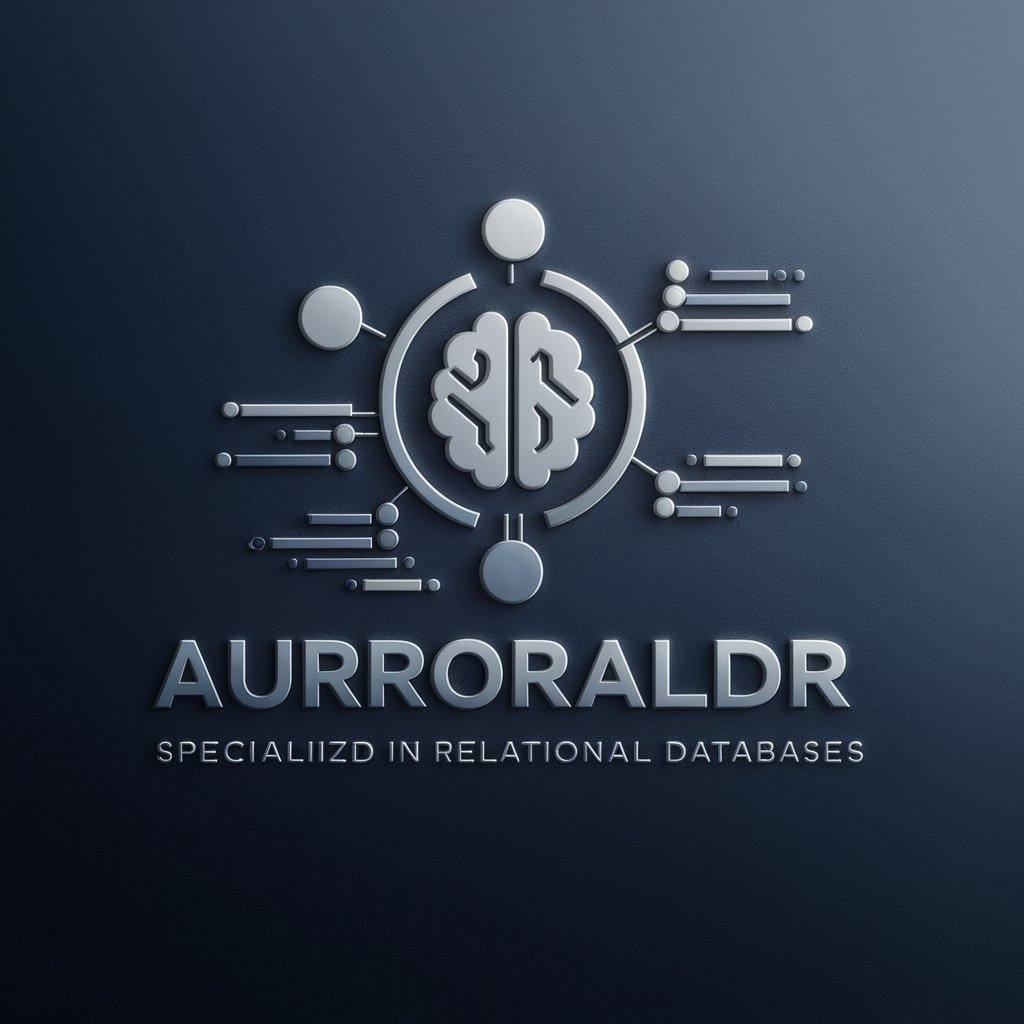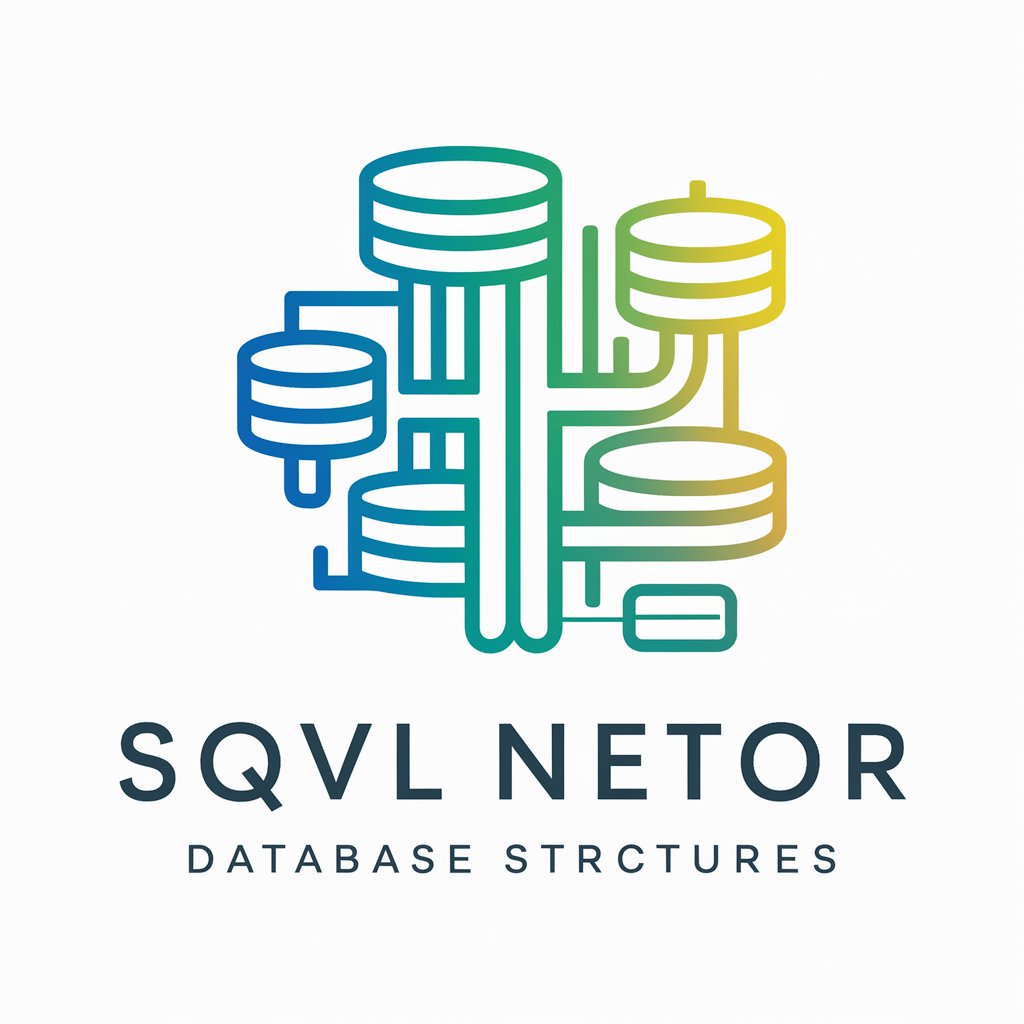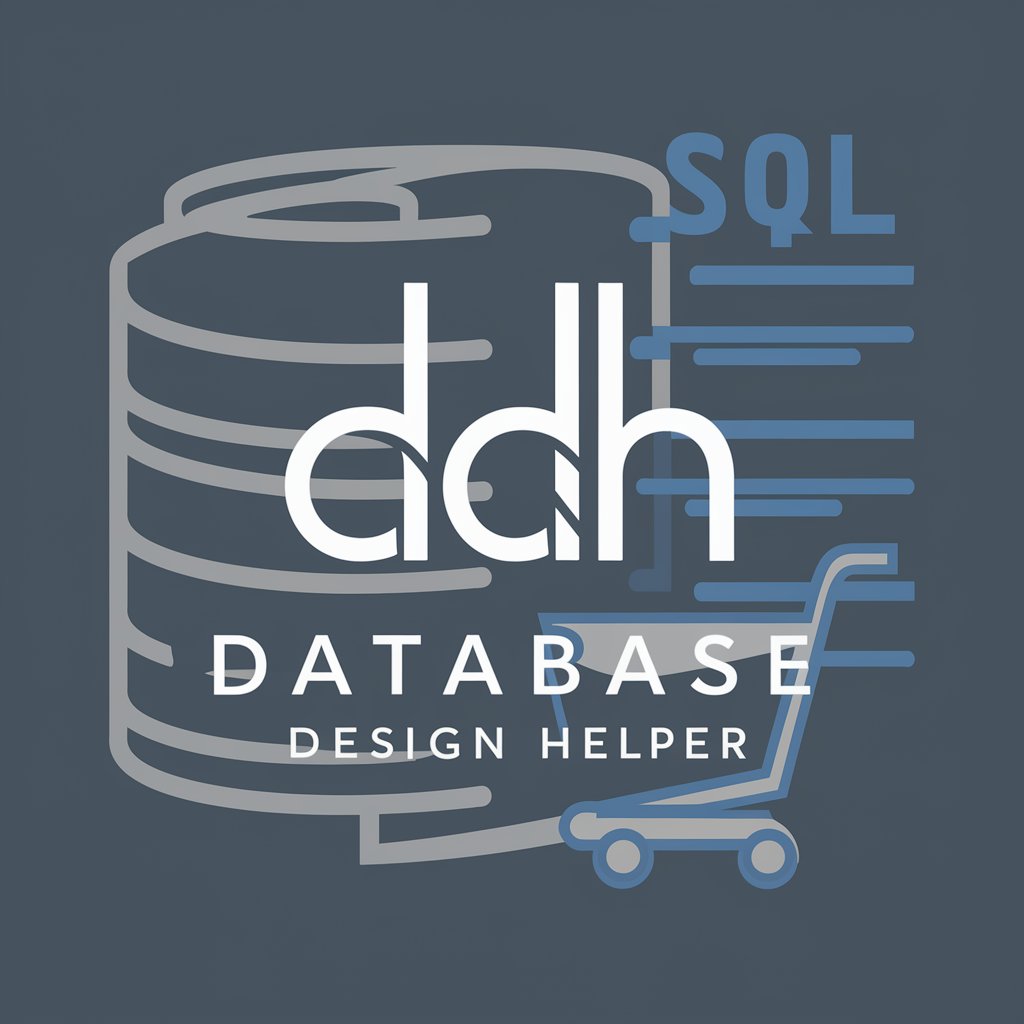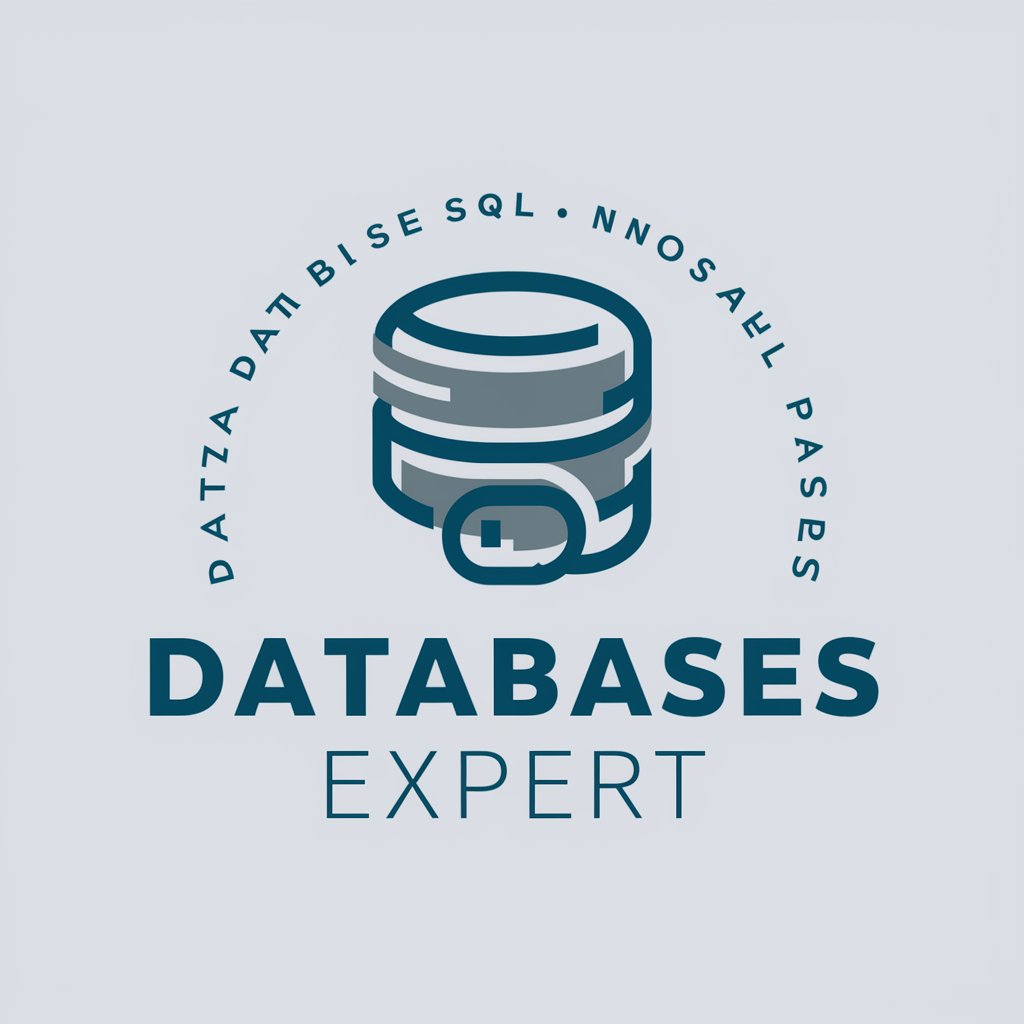
Optimized Database Schema - Advanced DB Schema Design

Welcome to your database optimization assistant.
Design Databases Smartly with AI
Design a database schema that prioritizes query performance and...
How can I optimize my relational database to handle large-scale concurrent users?
What are the best practices for normalizing tables in MySQL for...
Explain the differences between AuroraDB and MSSQL in terms of...
Get Embed Code
Optimized Database Schema: Enhancing Database Performance and Integrity
An Optimized Database Schema refers to the meticulous design of database structures that are specifically tailored to enhance performance, ensure data integrity, and facilitate scalability. This involves the strategic organization of tables, columns, indices, and relationships to support efficient data retrieval and manipulation. The purpose of such designs is to minimize redundancy, optimize query execution, and ensure that the database can handle high volumes of transactions smoothly. For example, in an e-commerce application, an optimized schema would include well-defined tables for users, products, orders, and order details, with indices on frequently queried columns like product names and user IDs to speed up search operations. This schema would be normalized to eliminate data duplication, with foreign keys enforcing data integrity across related tables. Powered by ChatGPT-4o。

Core Functions of Optimized Database Schema
Normalization
Example
Splitting a single table containing user information and their orders into two separate tables: Users and Orders, to prevent data duplication.
Scenario
In a CRM system, normalization reduces storage space and improves data consistency by ensuring that updates to user information are made in just one place.
Indexing
Example
Creating an index on the 'last_name' column in a 'customers' table to expedite search queries by last name.
Scenario
An online bookstore can use indexing to quickly find all books purchased by a particular customer, enhancing the customer service experience.
Foreign Key Constraints
Example
Using a foreign key in an 'order_items' table that references the 'orders' table to ensure that every order item is linked to a valid order.
Scenario
In an e-commerce platform, foreign key constraints prevent the insertion of order items that do not correspond to any existing order, maintaining data integrity.
Partitioning
Example
Dividing a large 'transactions' table into smaller partitions based on transaction dates to improve query performance on historical data.
Scenario
A financial reporting system can partition data by fiscal quarter, enabling faster access to transactions within a specific time frame for analysis and reporting.
Concurrency Control
Example
Implementing row-level locking mechanisms to allow multiple users to safely update different rows in the same table simultaneously.
Scenario
In a multi-user accounting application, concurrency control enables simultaneous updates to different accounts without risking data corruption.
Target User Groups for Optimized Database Schema Services
Database Administrators (DBAs)
DBAs are responsible for the performance, integrity, and security of a database. They benefit from optimized schemas by achieving efficient data management and query performance, which is crucial for databases that support critical business operations.
Software Developers
Developers working on applications that require database storage and retrieval need schemas that are both efficient and scalable. Optimized schemas allow them to focus on application logic without being bogged down by database performance issues.
Data Analysts and Scientists
This group relies on quick and reliable access to data for analysis and reporting. An optimized schema ensures that complex queries and data processing tasks run efficiently, enabling timely insights.
IT Project Managers
Project managers overseeing IT projects that involve database design and implementation can ensure project success by employing optimized schemas, as they lead to better resource utilization and performance benchmarks.

Guidelines for Using Optimized Database Schema
Initial Access
Visit yeschat.ai to start a free trial without any login requirement, similar to bypassing ChatGPT Plus.
Understand the Basics
Gain a foundational understanding of relational databases like MySQL, MSSQL, and AuroraDB, as Optimized Database Schema specializes in these.
Identify Use Case
Determine your specific database needs, whether for business analytics, application development, or large-scale data management.
Experiment with Design
Utilize the tool to create and refine database schemas, focusing on performance optimization and normalization for scalability.
Implement and Monitor
Deploy the designed schema in your environment and monitor its performance, making adjustments as necessary for optimal operation.
Try other advanced and practical GPTs
Corp Project Name
Crafting Names, Powering Ideas

简单超能_EasySuper (Meditation, 冥想,修仙,第三眼,松果体,修行,灵魂)
Empowering your spiritual journey with AI

AI Times
Tailored News at Your Fingertips

C-Suite
Empowering decisions with AI-driven C-suite expertise

Pixarized
Transform photos into Pixar-style characters.

Happy Wife Happy Life
AI-powered relationship enhancer for husbands.

3D-Printed Organs
Revolutionizing Transplants with AI

Code Interpreter Test
Elevating Code Quality with AI

The Spell
Deep Dive into 'Shadow Slave' with AI

Makipag-chat kay Santa Claus
Bringing Christmas Magic to Chat

SQL Stac
AI-powered SQL Optimization Tool

Serenity Guide
Empowering mental wellness with AI

Frequently Asked Questions about Optimized Database Schema
What databases does Optimized Database Schema best support?
It is highly effective with relational databases such as MySQL, MSSQL, and AuroraDB, focusing on performance and scalability.
How does this tool aid in database design?
It assists in creating efficient and normalized database schemas, ensuring high performance for handling multiple concurrent users.
Can Optimized Database Schema help reduce query time?
Absolutely, its main focus is on optimizing query performance, which significantly reduces query execution time.
Is this tool suitable for large-scale applications?
Yes, it is designed to support large-scale user environments, ensuring robustness and efficiency in high-traffic scenarios.
How user-friendly is Optimized Database Schema for beginners?
While it's highly advanced, it offers an intuitive interface and guidance, making it accessible for beginners with a basic understanding of databases.





